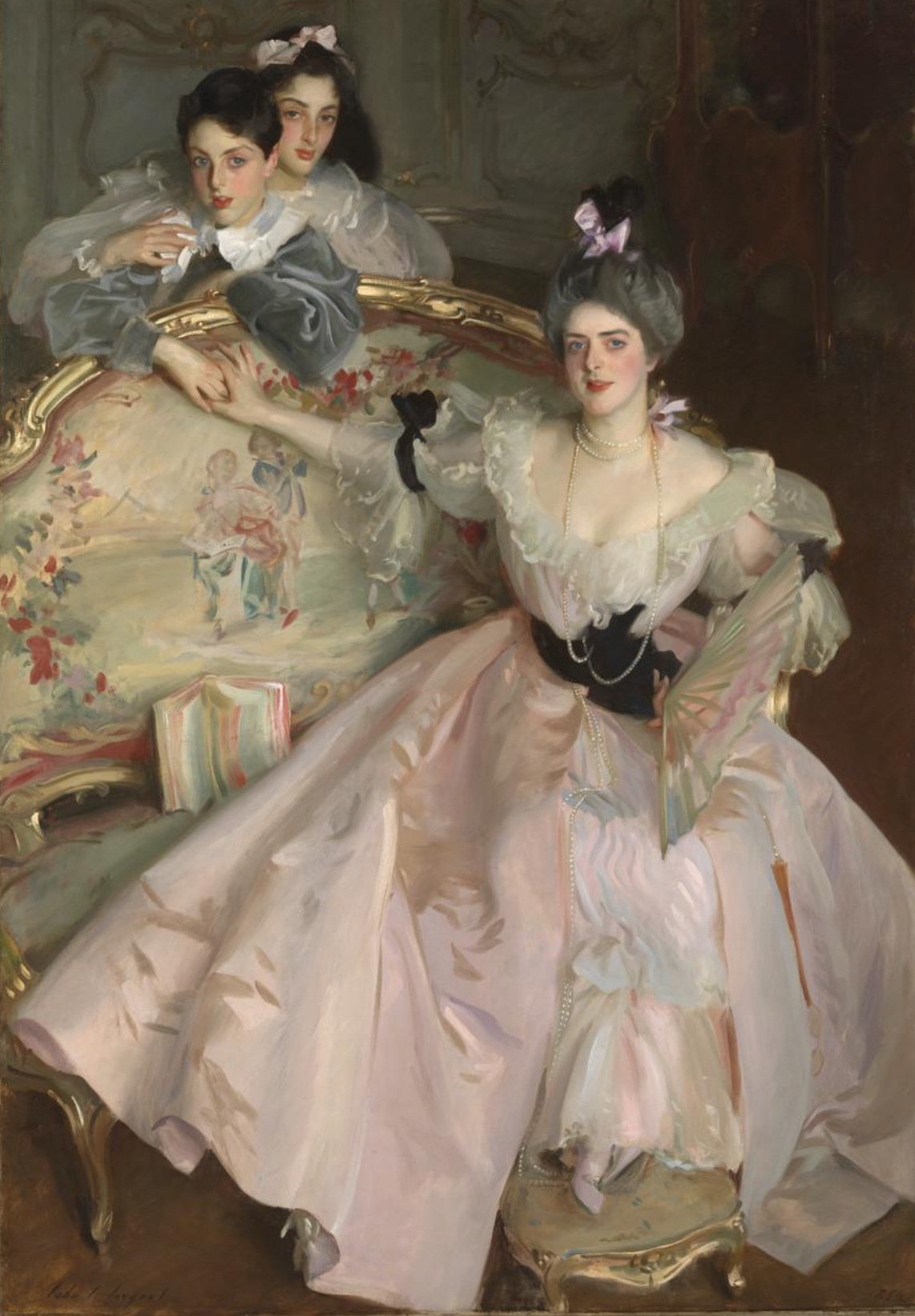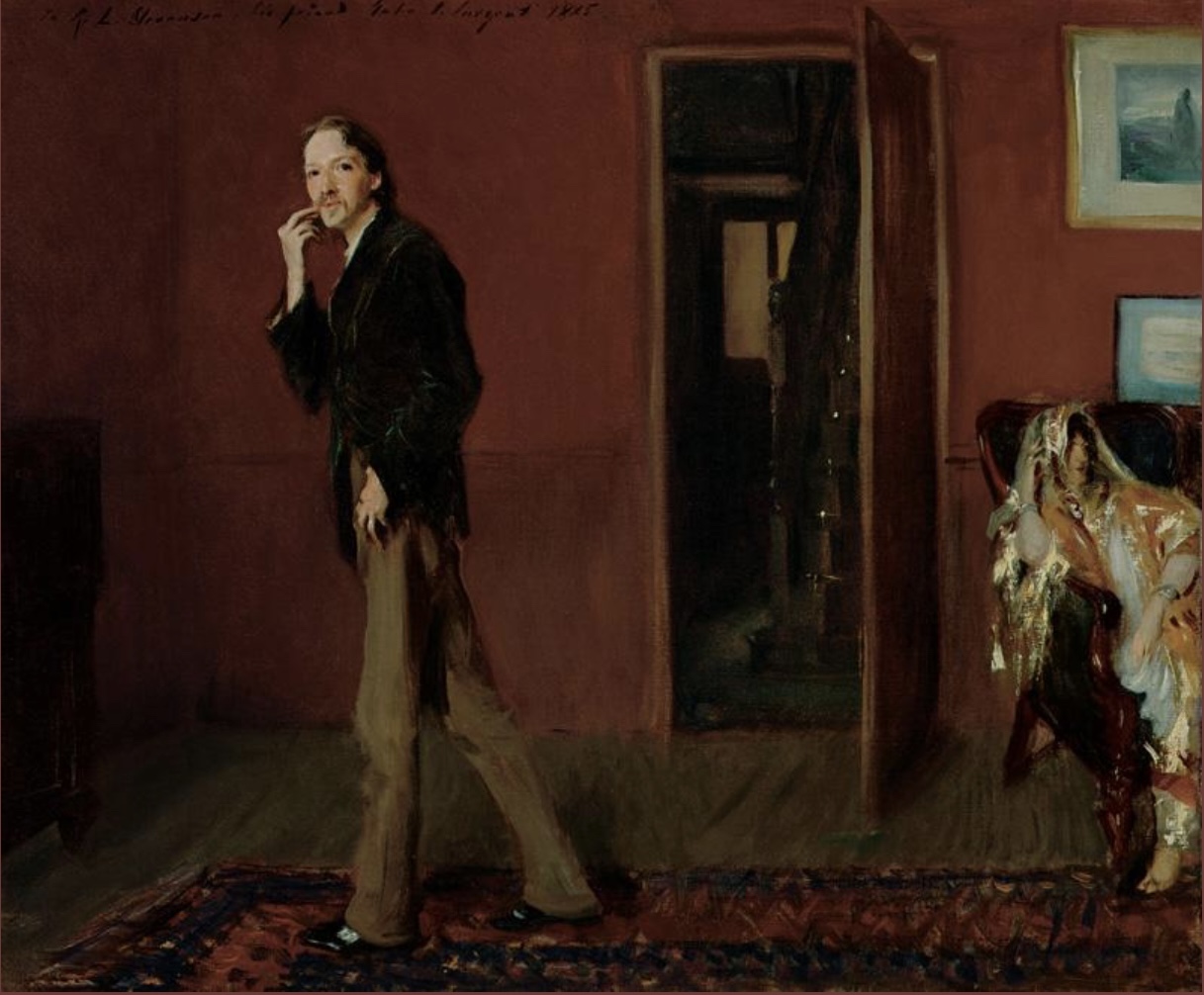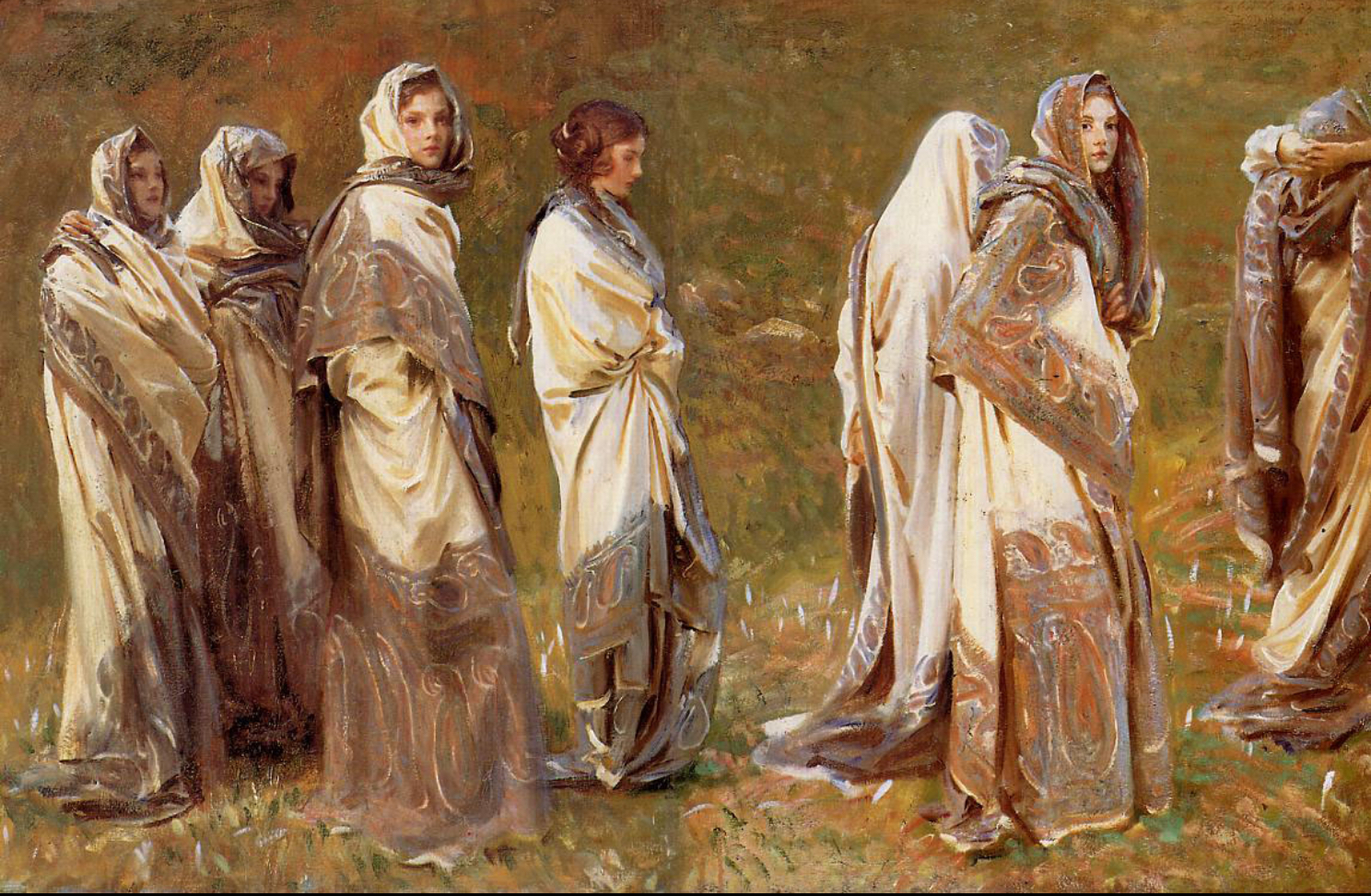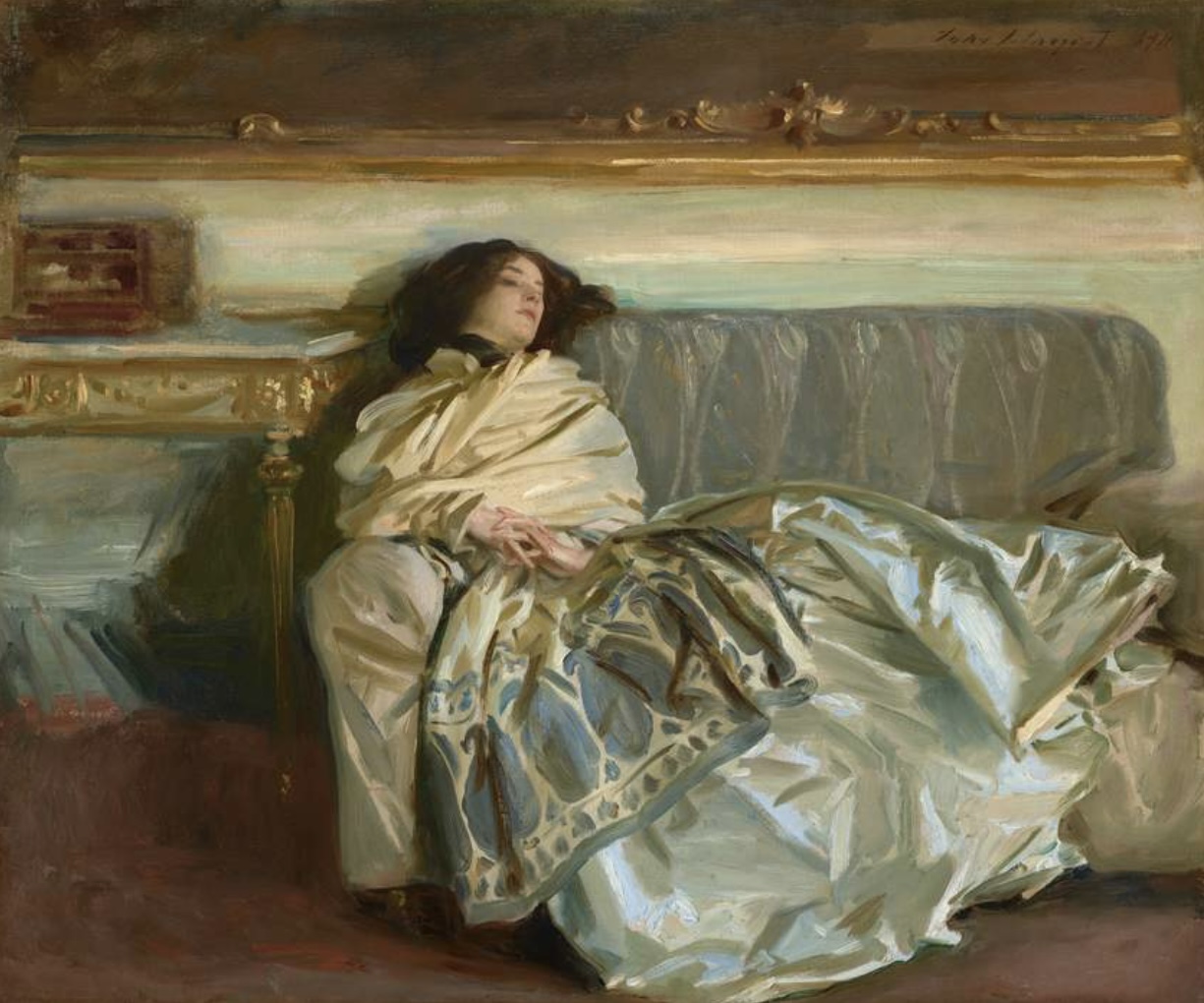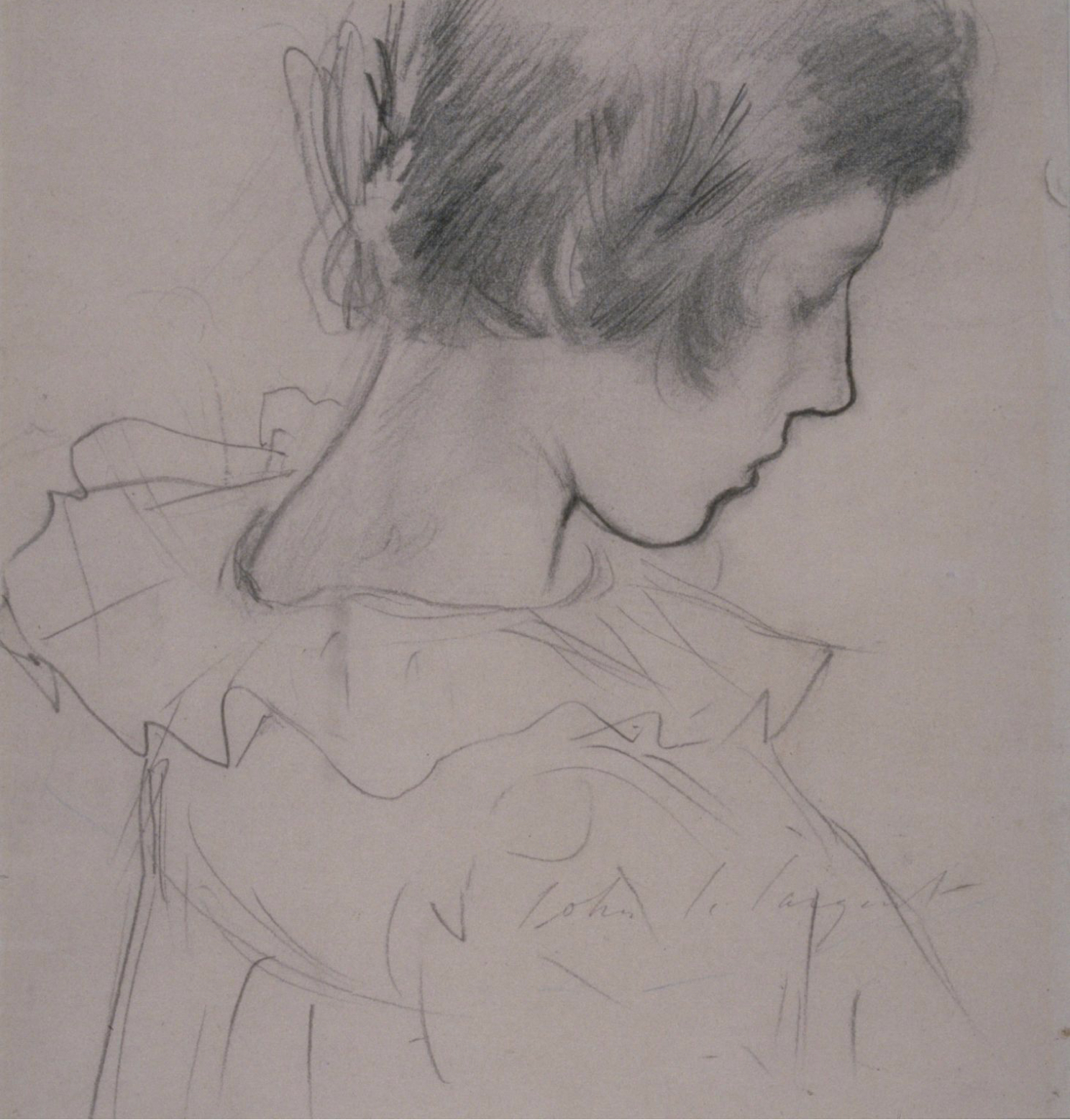Director Wim Wenders with Koji Yashuko
The repetitive, largely uneventful life of a middle-aged Tokyo man whose job is cleaning public toilets – which he does meticulously. It’s slow (though nippy compared to Jeanne Dielman): waking to the sound of a woman brushing leaves from the path, rolling up the futon, ablutions, coffee from a vending machine outside his home (cultural blink on my part there), then setting off on his regular round in his well-equipped little van. He doesn’t wear his watch on working days: the implication is that he doesn’t need to. It could be a dreary, demeaning life, but his approach to each dawn brings a sense of serenity and restful dreams at the end of the day. His connections to other people are fleeting but meaningful.
He’s an analogue man: a film camera to capture the play of sunlight among trees, books (William Faulkner), cassette tapes of Van Morrison, The Kinks etc. (The director too, perhaps – it’s filmed in the academy frame.) It’s an almost wordless film, so we pay attention to what is said. “Next time is next time; now is now.” When the bookseller comments on how Patricia Highsmith teaches the difference between fear and anxiety. We gradually learn that he is largely estranged from his father and sister, that he may come from a wealthy background. He describes this to his young niece as their lives “not overlapping”. This metaphor surfaces again with a man he’s only just met and who hasn’t long to live – the two of them linked by their affection for a woman and, literally, in the game of shadow tag that they play.
I’m sure there’s cultural baggage that I can’t unpack – about Zen and Japanese society and whether his colleague was intended to be as cartoonish as he appeared – but I found it a very moving film. There were hints that he had needed to work on the pleasure he took in his life – that “kindness, compassion, sympathetic joy and equanimity” were a continual work-in-progress . The final scene is of him setting out for another day listening to a tape of Nina Simone singing “Feeling Good” while expressions of joy and sadness float across his face.
It seemed that I had picked a perfect day to go to see this film. I’ve just had four days in London. Not only have I been in countless public-access toilets kept spotlessly clean by an army of moppers and wipers but I am also ready for a return to greenery after so many hard pavements, busy roads and soulless office blocks. I understood Hirayama’s delight in the leafy canopy where he stopped to eat his lunch every day, in the river and its reflections, in trying to look and notice. The mental image of plane trees on Millbank is still with me. And then there was the link I made while watching the film to Tuesday’s Saul Leiter exhibition – another man who looked and noticed and made something fleetingly beautiful out of the everyday:
I happen to believe in the beauty of simple things. I believe that the most uninteresting thing can be very interesting.
and
I take photographs in my neighbourhood. I think that mysterious things happen in familiar places. We don’t always need to run to the other end of the world.








